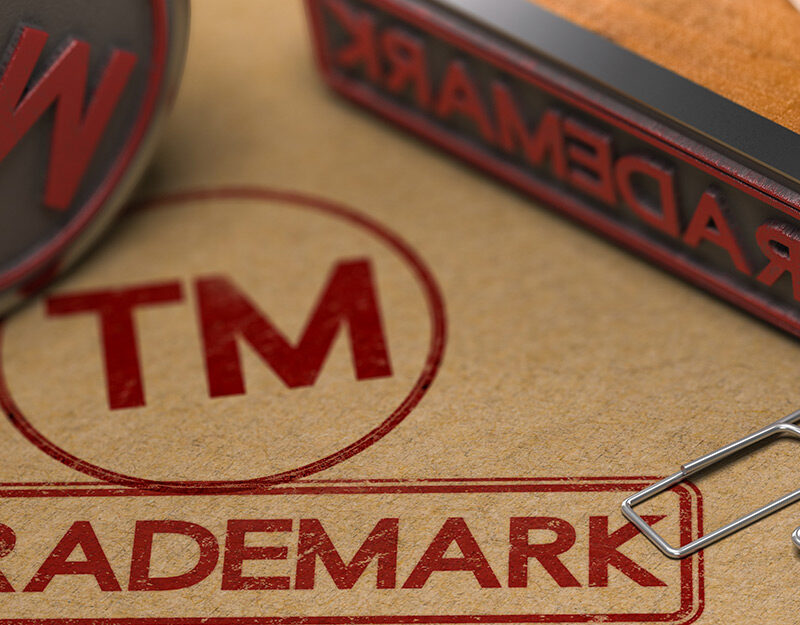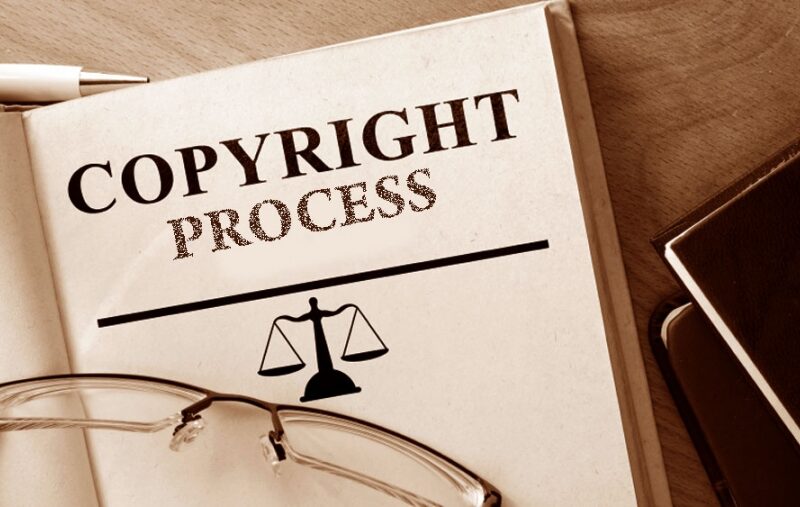MyLawPoint for property document verification was 100% worth it. Initially, I hired a lawyer for bank loan document processing but was disappointed with their professionalism. MyLawPoint connected me with an expert advocate who articulated all possible pitfalls in purchasing the property (DC Survey 66/1 Chikkanagamangala) from Reliaable Developer. Their detailed legal report helped me avoid a potential loss of 80 lakhs. I'm grateful for MyLawPoint's excellent coordination and swift document collection. Thank you to their team for saving me from a risky investment.
Patent
Basic Price
₹49,999.00 ₹19,999.00
Understanding Patents
According to the Patent Act, an invention is patentable if it meets specific criteria, including being a new product or process, involving an inventive step, and capable of being made or used in industry. In India, patent registration can be obtained for such inventions. However, not all inventions are eligible for patent registrations, and they must satisfy certain criteria to be considered patentable.
Patent filing or registration is the initial step taken by an inventor to safeguard their invention from unauthorized use. While the process of patent filing in India can be complex, with the appropriate legal guidance, it can be navigated smoothly.
Advantages of Patent Registration
Benefits of Patent Registration:
- Exclusive Authority Over Your Invention: Patent registration provides the inventor with exclusive rights to their invention, preventing others from using, selling, or manufacturing it without permission.
- Exclusive Patent Right for 20 Years: The owner of the patent is granted exclusive rights to control the use of the invention for a period of twenty years from the filing date, allowing them to capitalize on their innovation.
- Potential Monetary Returns: Commercial use of patents can lead to financial gains through licensing agreements, royalties, or selling the patented technology or product to interested parties.
- Improved Brand Perception: Having a patented product or technology can enhance the brand image and reputation of the inventor or the company, as it demonstrates innovation and uniqueness in the market.
- Sale or Transfer of Intellectual Property Rights: The owner or inventor of the patent has the option to sell or transfer the intellectual property rights to another individual or entity, providing opportunities for further monetization or strategic partnerships.
The Process of Registering a Patent
Patent Registration Process:
- Patent Search: Conduct a comprehensive search to ensure that the invention meets the criteria for patentability and does not infringe upon existing patents.
- File Patent Application: Prepare and file a patent application with the relevant patent office, providing detailed descriptions, drawings, and claims of the invention.
- Evaluate the patentability of the invention based on prior art, novelty, inventive step, and industrial applicability, and prepare a patentability report.
- Publication of Patent Application: The patent application is published in the official gazette or patent journal after a specified period from the filing date, making it accessible to the public.
- Patent Examination: The patent application undergoes examination by the patent office to assess its novelty, inventive step, and industrial applicability.
- Patent Objections: Address any objections or challenges raised by the patent examiner during the examination process, by providing clarifications, amendments, or arguments to overcome the objections.
- Grant of Patent: Upon successful completion of the examination process and resolution of any objections, the patent office grants the patent, providing exclusive rights to the inventor for a specified period, typically twenty years from the filing date.
Documents Needed for Patent Registration
Documents Required for Registering a Patent:
- Title of the Invention: Provide a clear and concise title that accurately describes the invention.
- Applicant Information: Include the name, address, contact details, and nationality of each applicant for the patent.
- Description of the Invention: Submit a detailed description of the invention, including its features, functions, and intended use. Clearly specify what the patentee wants to claim out of the invention.
- Technical Aspects of the Invention: Provide technical details about the invention, including drawings or diagrams if applicable. Include a copy of the Provisional Patent (if filed) for reference.

I purchased a flat in Hyderabad, but the builder delayed possession beyond the committed date. This caused significant financial strain as I was paying high EMIs and rent, leaving me with no money at month-end. Feeling stressed and helpless, I discovered MyLawPoint. Their Property Expert Lawyer suggested sending a legal notice to the builder and appealing to RERA for the delayed possession. Thanks to their guidance, I received compensation from the builder for the delay and finally gained possession of my flat. MyLawPoint's support was invaluable in resolving this effectively.
Malani

I had an exceptional experience with MyLawPoint. Their support throughout the entire process, from Property Paper Verification to the Sale Deed Registration, was truly comprehensive and invaluable. The level of service they provided exceeded my expectations, and I am highly satisfied with the outcome. Their dedication to keeping me informed with timely updates at every step of the way further showcased their professionalism and commitment to client satisfaction. I wholeheartedly recommend MyLawPoint to anyone in need of legal support for their property transactions.
Gerald Gilbert
Explore our other property services
Related products
Frequently Asked Question
No, stamp duty is not included in MyLawPoint's fee. It should be paid separately, and our lawyers will assist you in procuring it.
The time taken for property registration varies based on the sub-registrar office and property registration flow. Typically, after document submission to MyLawPoint, expect 3-7 days for lawyer-assisted property appointments with the local sub-registrar office.
Yes, while MyLawPoint handles appointments and formalities, your presence at the sub registrar’s office is required on the day of registration appointment.
Yes, an Agreement to Sell can be cancelled through mutual consent or if a condition in the contract permits cancellation. However, penalties or consequences may be specified in the agreement for cancellation.
Patent
Understanding Patents
According to the Patent Act, an invention is patentable if it meets specific criteria, including being a new product or process, involving an inventive step, and capable of being made or used in industry. In India, patent registration can be obtained for such inventions. However, not all inventions are eligible for patent registrations, and they must satisfy certain criteria to be considered patentable.
Patent filing or registration is the initial step taken by an inventor to safeguard their invention from unauthorized use. While the process of patent filing in India can be complex, with the appropriate legal guidance, it can be navigated smoothly.
Advantages of Patent Registration
Benefits of Patent Registration:
- Exclusive Authority Over Your Invention: Patent registration provides the inventor with exclusive rights to their invention, preventing others from using, selling, or manufacturing it without permission.
- Exclusive Patent Right for 20 Years: The owner of the patent is granted exclusive rights to control the use of the invention for a period of twenty years from the filing date, allowing them to capitalize on their innovation.
- Potential Monetary Returns: Commercial use of patents can lead to financial gains through licensing agreements, royalties, or selling the patented technology or product to interested parties.
- Improved Brand Perception: Having a patented product or technology can enhance the brand image and reputation of the inventor or the company, as it demonstrates innovation and uniqueness in the market.
- Sale or Transfer of Intellectual Property Rights: The owner or inventor of the patent has the option to sell or transfer the intellectual property rights to another individual or entity, providing opportunities for further monetization or strategic partnerships.
The Process of Registering a Patent
Patent Registration Process:
- Patent Search: Conduct a comprehensive search to ensure that the invention meets the criteria for patentability and does not infringe upon existing patents.
- File Patent Application: Prepare and file a patent application with the relevant patent office, providing detailed descriptions, drawings, and claims of the invention.
- Evaluate the patentability of the invention based on prior art, novelty, inventive step, and industrial applicability, and prepare a patentability report.
- Publication of Patent Application: The patent application is published in the official gazette or patent journal after a specified period from the filing date, making it accessible to the public.
- Patent Examination: The patent application undergoes examination by the patent office to assess its novelty, inventive step, and industrial applicability.
- Patent Objections: Address any objections or challenges raised by the patent examiner during the examination process, by providing clarifications, amendments, or arguments to overcome the objections.
- Grant of Patent: Upon successful completion of the examination process and resolution of any objections, the patent office grants the patent, providing exclusive rights to the inventor for a specified period, typically twenty years from the filing date.
Documents Needed for Patent Registration
Documents Required for Registering a Patent:
- Title of the Invention: Provide a clear and concise title that accurately describes the invention.
- Applicant Information: Include the name, address, contact details, and nationality of each applicant for the patent.
- Description of the Invention: Submit a detailed description of the invention, including its features, functions, and intended use. Clearly specify what the patentee wants to claim out of the invention.
- Technical Aspects of the Invention: Provide technical details about the invention, including drawings or diagrams if applicable. Include a copy of the Provisional Patent (if filed) for reference.
Recommended Products
Related products
What our users say
Lorem ipsum dolor sit amet, consectetur adipisicing elit, sed do eiusmod tempor incididunt ut labore et dolore magna aliqua. Ut enim ad minim veniam, laboris consequat.
Anna Miller
DesignerLorem ipsum dolor sit amet consectetur adipisicing elit sed do eiusmod tempor incididunt ut labore et dolore Lorem ipsum dolor sit amet, consectetur adipisicing elit

Kevin Walker
DeveloperLorem ipsum dolor sit amet, consectetur adipisicing elit, sed do eiusmod tempor incididunt ut labore et dolore magna aliqua. Ut enim ad minim veniam, laboris consequat.

Ruth Pierce
Customer₹49,999.00 ₹19,999.00



